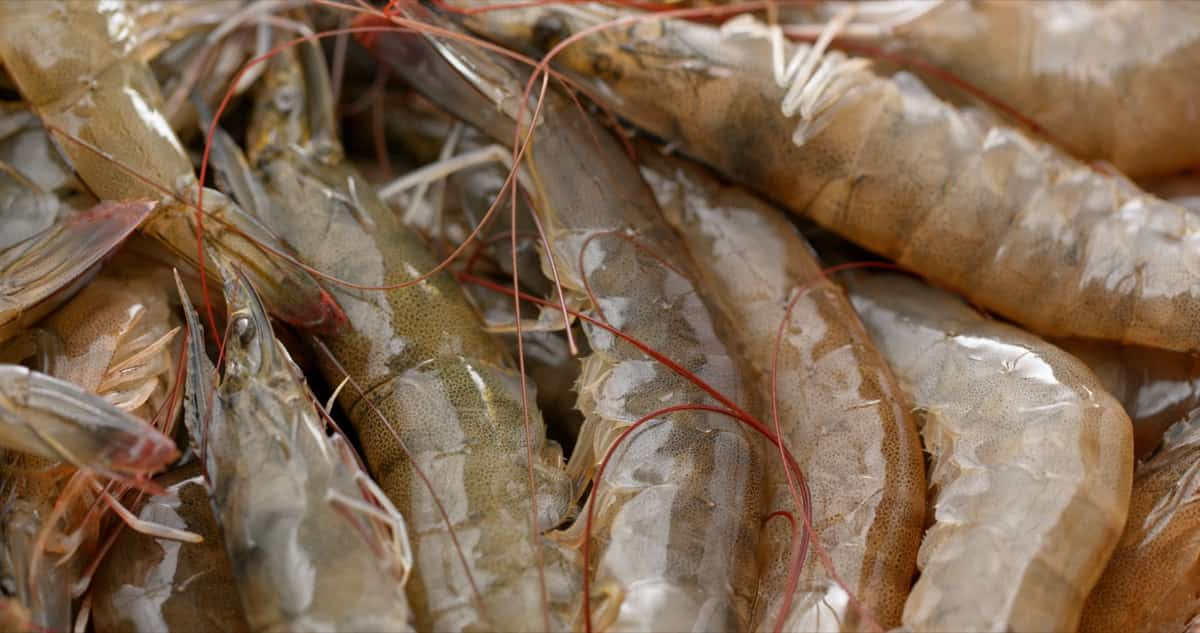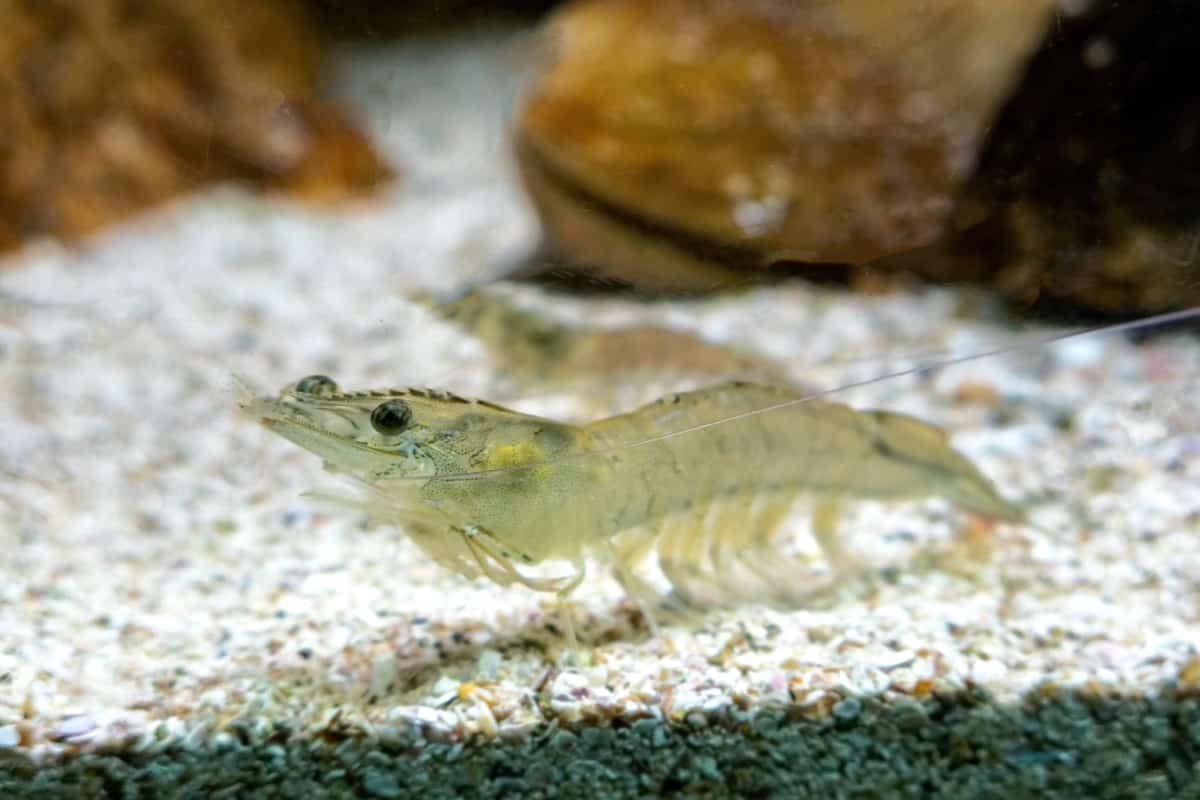Since the development of home aquaculture, shrimp farming has gone from a small industry to a mainstream one, and it’s now possible to raise shrimp in your own backyard. This guide provides a comprehensive and step-by-step overview of setting up a successful home shrimp farm. Below we learn a shrimp farming guide, freshwater shrimp farming at home, shrimp farming problems, and a step-by-step DIY guide to start shrimp farming in your backyard.

Shrimp Farming in Your Backyard: A DIY Guide to Home Aquaculture
Research and Planning
Before you start, it is important to do your research and plan. This involves determining the type of shrimp you want to grow, the size of the farm you want to build, and the necessary equipment and supplies. You should also familiarize yourself with the local shrimp farming regulations and zoning or permit requirements.
Building the Shrimp Farm
Once you have completed your research and planning, the next step is to build the shrimp farm. This can be done by constructing a small pond or using an existing one. The pond should be large enough to accommodate the number of shrimp you plan to grow and should be made of safe materials for both the shrimp and the environment. A recommended size for a backyard farm is around 1000 square feet. The pond should also be located in a sunny spot, providing the shrimp with the warmth and light they need to thrive.
Preparing the Water
The shrimp farm water must be high quality, free of contaminants, and properly balanced. To achieve this, you will need to test the water regularly, using a water quality testing kit, to ensure that it meets the proper pH, temperature, and salinity levels. Additionally, you may need to add an aeration system to the pond to help maintain the water quality and prevent the growth of harmful bacteria.
Stocking the Pond
Once the pond has been prepared, the next step is to stock it with shrimp. You can purchase shrimp from a hatchery or grow your own from larvae. When starting a shrimp farm, it’s crucial to choose a species that can thrive in your region’s water, temperature, and environment. A recommended species for backyard farming is the Pacific White Shrimp.
In case you missed it: Types of Poultry Farming: Find Out Here!

Feeding the Shrimp
Shrimp require a balanced diet to grow and thrive. You can purchase commercial shrimp feed from a local aquaculture supply store or make your own feed using a combination of ingredients such as soybean meal, fishmeal, and wheat flour. It is important to feed the shrimp regularly and to monitor the water quality to ensure that it remains balanced and free of contaminants.
Monitoring and Maintenance
To ensure the success of your shrimp farm, it is important to regularly monitor the water quality, the health of the shrimp, and the overall condition of the pond. This may involve conducting water tests, checking the pH, temperature, and salinity levels, and removing debris or dead shrimp from the pond. Additionally, cleaning the pond and adding fresh water as needed periodically is important.
Harvesting the Shrimp
Once they have reached maturity, it is time to harvest them. There are two methods for doing this: either emptying the pond and collecting the shrimp individually or using a tiny net to scoop them out. After harvesting, the shrimp should be cleaned, packaged, and stored in a refrigerated area until they are ready to be sold.
Frequently Asked Questions about Shrimp Farming
What equipment do we need for indoor shrimp farming?
Some of the essential pieces of equipment include a tank or container to house the shrimp, an aeration system to maintain the water quality, a filtration system to remove any waste or excess nutrients from the water, a heater to maintain the water temperature, a water quality testing kit to monitor the pH, temperature, and salinity levels, a light source to provide the shrimp with the necessary light for growth, a feeding system to provide the shrimp with a balanced diet, and a thermometer to monitor the water temperature.
Other optional but recommended equipment includes a thermocline system to maintain the water temperature and a water pump to circulate the water and maintain oxygen levels. It is also important to have backup equipment on hand in case of a malfunction or breakdown.
What are the problems of backyard shrimp farming?
Although a potentially profitable venture, backyard shrimp farming also comes with several challenges and problems. One of the main challenges is maintaining water quality, as the wrong pH, temperature, or salinity levels can harm or even kill the shrimp. Additionally, improper feeding and disease management can lead to significant losses and affect the health of the shrimp population.
Another problem is the risk of escapes, which can introduce non-native species into local ecosystems and disrupt the balance of the environment. Finally, backyard shrimp farms can also face zoning and permit restrictions, regulations regarding waste discharge, and other environmental impacts. It is important for backyard shrimp farmers to be aware of these challenges and to take the necessary precautions to minimize their impact.
In case you missed it: Beginner’s Guide to Poultry Farming: The Essential Requirements You Need To Know

How do you build a shrimp farming pond?
Building a shrimp farming pond is crucial in setting up a successful home shrimp farm. The first thing to consider is the pond size, which should be large enough to accommodate the number of shrimp you plan to grow. It is recommended to construct a pond that is at least 1000 square feet. The pond should be made of materials safe for the shrimp and the environment, such as concrete, fiberglass, or liners made of plastic or rubber.
The pond should also be located in a sunny spot, providing the shrimp with the warmth and light they need to thrive. Additionally, the pond should have a sloping bottom to ensure proper water circulation and prevent waste buildup. Before stocking the pond with shrimp, it is important to prepare the water by testing and adjusting the pH, temperature, and salinity levels and adding an aeration system if needed.
Conclusion
In conclusion, raising shrimp in your own backyard could be a profitable and environmentally-friendly method to satisfy your seafood cravings. With proper planning, equipment, and management, you can successfully start your aquaculture system and enjoy the benefits of home-grown shrimp.
- Ultimate Guide to Ossabaw Island Hog: Breeding, Raising, Diet, and Care
- Ultimate Guide to Juliana Pig: Raising Facts, Size, Diet, Care, and Lifespan
- Raising Lleyn Sheep: Disadvantages, Price, Uses, Characteristics, and Care
- Ultimate Guide to Meishan Pig: Breed Facts, Breeding, Raising, and Care
- Ultimate Guide to Teacup Pigs: Raising, Diet, Lifespan, Cost, and Care
- Guide to Raising Poll Dorset Sheep: Facts, Profile, Characteristics, Uses, and Care
- Ultimate Guide to Bighorn Sheep: Characteristics, Diet, Lifespan, Breeding, and Lifecycle
- Ultimate Guide to Raising Katahdin Sheep: Farming Facts, Breed Profile, Uses, and Care
- Ultimate Guide to Raising Oreo Cows: Belted Galloways Farming Facts, Profile, Uses, and Care